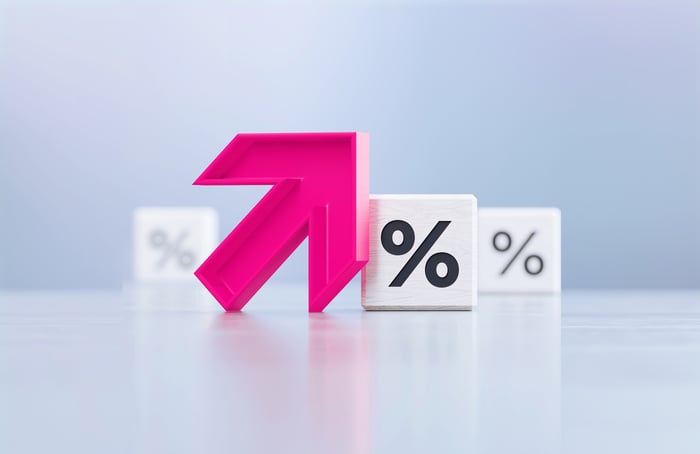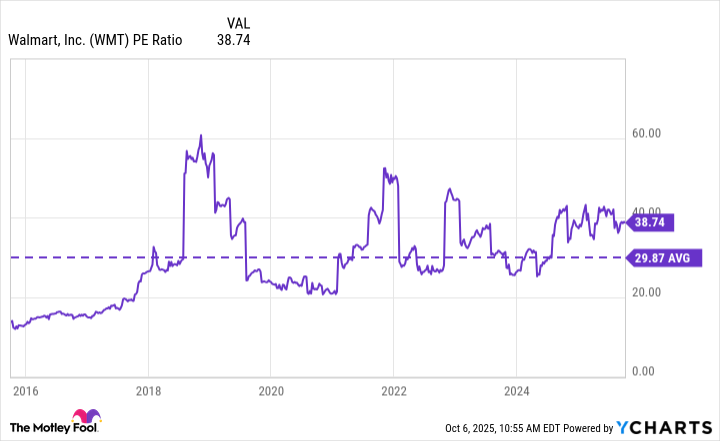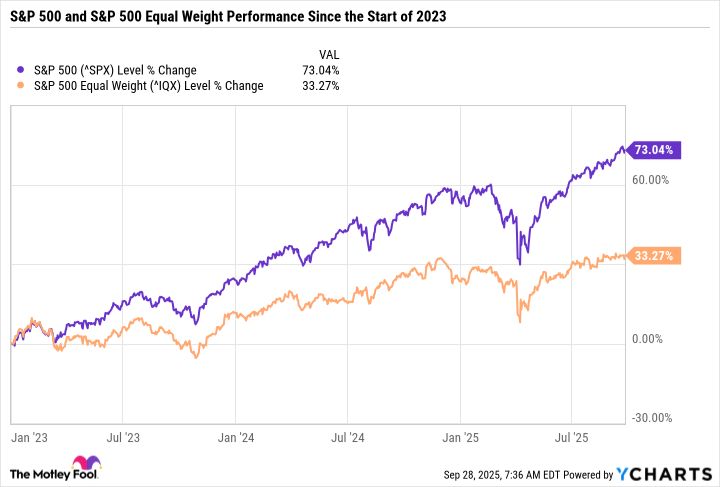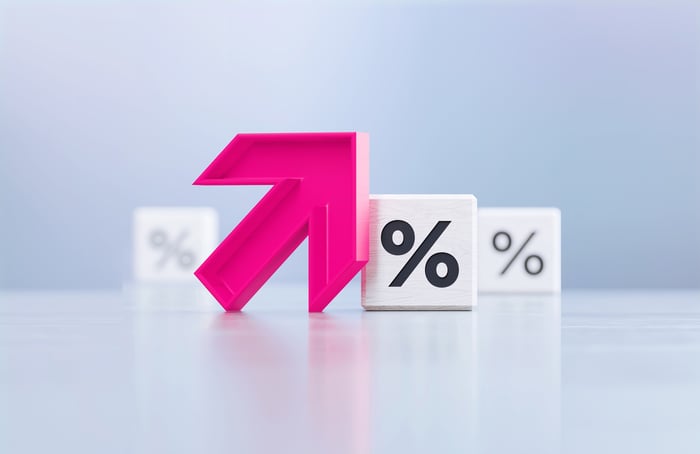These dividend stocks look like compelling opportunities right now.
The S&P 500 hit another record high this week. It’s now up about 18% over the past year. That has most stocks trading at much higher valuations than they were a year ago. The rally has also compressed dividend yields.
Despite the market’s rally, there are still some attractive opportunities, especially for investors seeking higher dividend yields. Enterprise Products Partners (EPD -0.58%), Energy Transfer (ET -0.80%), and Clearway Energy (CWEN -0.02%) (CWEN.A -0.11%) stand out to a few Fool.com contributing analysts right now. Here’s why they’re compelling buys even as the S&P 500 is at an all-time high.

Image source: Getty Images.
Enterprise Products Partners is strong and still growing
Reuben Gregg Brewer (Enterprise Products Partners): Nobody is going to accuse Enterprise Products Partners of being a hare. It is, decidedly, a tortoise. But given the huge 6.8% distribution yield, few income-focused investors aren’t likely to complain. That’s doubly true when you consider that this master limited partnership’s (MLP’s) distribution is covered by a huge 1.7x by distributable cash flow. A lot would have to go wrong before the distribution was at risk.
Adding to the feeling of security here is the fact that the company is investment-grade rated. Even if distribution coverage faltered, Enterprise Products Partners could lean on its balance sheet for a little while to muddle through a difficult period. But even that is unlikely because the MLP’s business is fee-based. Essentially, it charges customers for using its energy infrastructure assets, like pipelines. The prices of oil and natural gas are far less important than demand for these globally vital fuels. Even when commodity prices are weak, demand for energy still tends to be resilient.
This helps explain why Enterprise Products Partners has been able to increase its distribution annually for 27 consecutive years. That streak, meanwhile, is likely to continue, noting that the MLP is in the middle of a $6 billion capital investment program. As those new projects come online, cash flow will grow and support continued distribution growth. The level of the S&P 500 index, high or low, isn’t likely to change any of these facts much.
The coming growth reacceleration
Matt DiLallo (Energy Transfer): Energy Transfer stands out in today’s high-priced stock market. Units of the master limited partnership (MLP) are currently down about 15% from their 52-week high. As a result, the company has the second-lowest valuation in the energy midstream sector, at less than nine times earnings, which is well below the sector average of 12 times earnings. That low valuation is a big reason why Energy Transfer’s yield is 7.5%.
Slowing growth is the main factor driving down the MLP’s unit price this year. Energy Transfer expects its earnings to be at or below the low end of its guidance range, implying less than 4% growth. That’s well below the 10% compound annual growth rate the company delivered from 2020 through 2024. Energy Transfer has fewer growth catalysts this year as it hasn’t completed many expansion projects or major acquisitions.
However, that’s about to change. Energy Transfer is investing $5 billion into organic capital projects this year, with most expected to come online by the end of 2026. These projects should begin providing meaningful incremental cash flow starting in 2026 and continuing into 2027, which should fuel a growth reacceleration during that period. In addition, the company has more projects in the backlog, including the $5.3 billion Transwestern Pipeline Expansion Project, which should enter service by the end of the decade. It also has several other projects under development.
Energy Transfer is currently in the best financial shape in its history. That puts it in a strong position to continue approving growth capital projects and make acquisitions when the right opportunity arises.
With its unit price down and an exciting growth reacceleration set to kick off in 2026 and ramp up into 2027 as new projects launch, Energy Transfer stands out as a compelling buy right now. It can provide investors with an attractive income stream and high-octane upside potential.
Lock-in dividend growth through at least 2027
Neha Chamaria (Clearway Energy): Clearway Energy yields a hefty 6.3%. That high yield is backed by rising dividends, with the company even setting out dividend per share goals through 2027. The stock, however, has slipped nearly 15% in the past two months. It’s a compelling opportunity to buy.
Based on Clearway Energy’s last quarterly dividend payout, its annualized dividend per share (DPS) comes up to $1.78 per share. The company is targeting a DPS of $1.98 in 2027, which is a neat 11% growth in absolute terms. Since Clearway Energy typically raises its dividend every quarter, that goal looks easily doable. Also, it has its growth plans in place to back those dividends.
Clearway Energy is among the largest clean energy companies in the U.S. with a focus on wind, solar, and battery storage. Its parent company, Clearway Energy Group, has a renewables pipeline of 29 gigawatts. So there’s ample opportunity for growth for Clearway in the form of asset dropdowns from its parent. And it can always supplement growth through third-party acquisitions.
With 2025 kicking off on a strong note thanks to wind project repowering, acquisitions, and opportunities from its parent, Clearway Energy recently upped its guidance. It expects to generate $2.50-$2.70 in cash available for distribution (CAFD) per share in 2027. That should comfortably cover its targeted 2027 DPS, making this high-yield renewable energy stock a solid buy now.









